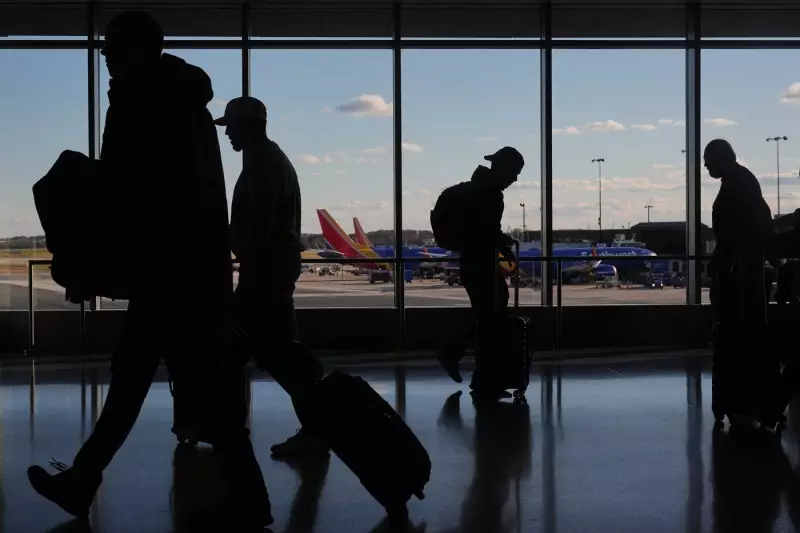
Canadian business travelers are facing significant disruptions and mounting frustration as new flight reductions implemented by the U.S. Federal Aviation Administration take effect this week. The changes, which began on November 11, 2025, are creating ripple effects across the aviation industry that directly impact cross-border travel from Canada.
What's Behind the Flight Reductions
The FAA's decision to further decrease available flights comes as the agency continues to grapple with ongoing challenges in air traffic control staffing and system modernization. These reductions follow previous cuts made earlier in 2025 and represent the latest effort to manage what aviation experts describe as an overstretched air travel system.
At Baltimore/Washington International Thurgood Marshall Airport, the immediate effects were visible as Southwest Airlines planes sat idle at gates while travelers navigated through the terminal. Similar scenes are expected to play out at major Canadian airports that handle significant volumes of U.S.-bound flights, including Toronto Pearson, Vancouver International, and Montréal-Trudeau.
Impact on Canadian Business Travel
For Canadian business professionals who regularly travel to the United States, the timing couldn't be worse. The flight reductions coincide with the busy fall business travel season, when many executives typically schedule important meetings and client visits ahead of year-end deadlines.
Frequent business flyers are reporting several key challenges:
- Fewer direct flight options to major U.S. business hubs
- Longer layover times due to reduced flight frequencies
- Increased competition for remaining available seats
- Higher last-minute ticket prices
The situation is particularly challenging for business travelers heading to secondary U.S. markets, where flight options were already limited before the latest reductions.
Broader Travel Industry Implications
The FAA's action comes amid other travel-related developments affecting Canadians. In a separate incident highlighting the vulnerabilities in air travel, an Ontario man reported losing a carry-on bag containing items valued at $10,000 after being forced to check it at the gate. This underscores the additional risks travelers face when flight disruptions alter normal boarding procedures.
Meanwhile, the travel industry continues to navigate post-pandemic recovery while dealing with new operational constraints. Airlines are being forced to make difficult decisions about which routes to maintain and which to cut, with cross-border routes often among the first to see reductions during system-wide constraints.
Business travel experts recommend that Canadian travelers book flights well in advance and consider building extra flexibility into their schedules to account for potential disruptions. Many are also suggesting alternative travel arrangements, including considering different departure airports or adjusting travel dates to avoid the most affected periods.
As the situation develops, industry watchers will be monitoring whether these flight reductions become permanent or represent temporary measures while the FAA addresses its underlying challenges. For now, Canadian business travelers must navigate a more constrained and unpredictable cross-border travel environment.





